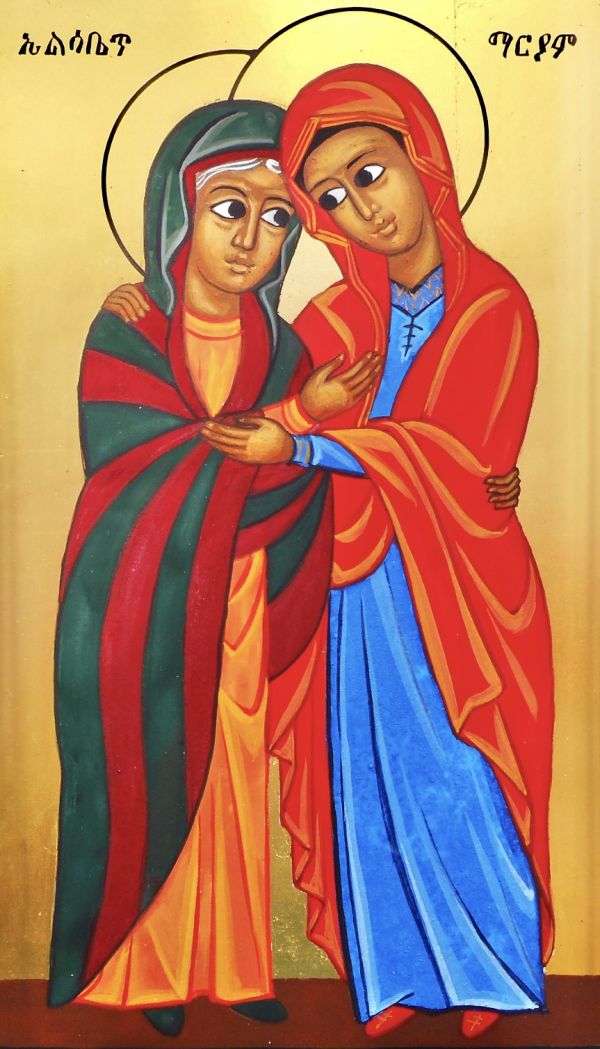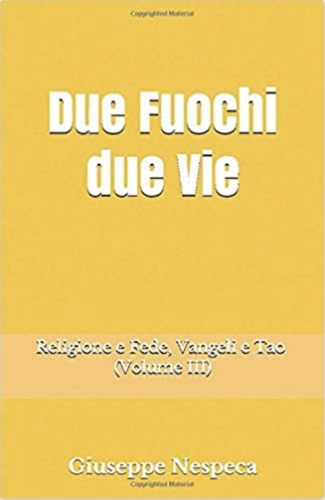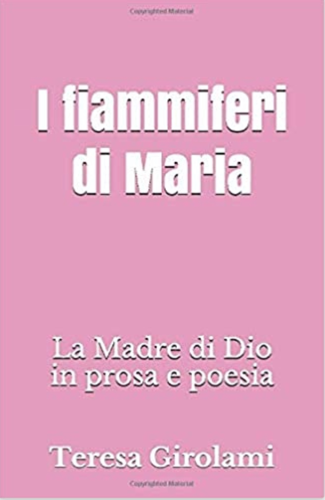Lk 1:39-56 (46-56)
The hymn-song-ensemble of Mary and Elizabeth summarizes and celebrates the history of salvation. It reflects a Judeo-Christian liturgical lauda characteristic of the first communities of 'anawim.
The small and faithful experience the ideal outline of history, of which they paradoxically become the engine.
The two Women give voice to the poor and minority churches, often challenged by the forces of imperial power in dramatic duels.
They depict early assemblies, tiny fraternities; hearths of cohabitation and intimate life.
In them, believing souls experienced a God who does not remain impassive to the cry of the lowly, persecuted.
In a framework of family visitation and (precisely) praise, the whole destination of the new People is reflected.
The difference between the two figures emphasizes the leap of Faith in Mary, compared to the expectations of religious kinship.
In Elizabeth, the First Covenant has already run its full course, and would not go much further.
Human history is barren, but God makes it fruitful with newness and joy, which finally changes the boundaries.
The foreseen ways have come to an end; still blind and submissive to the powers of the earth... They do not make the weak strong.
Faith entirely transmutes the foundations of anti-divine history, because it allows the Spirit to take possession of personal life and permeate it, making it capable of blessing action.
In Mary's way of believing we grasp within what do not know - because we have a guiding Vision, a sacred image that acts inside, like an innate instinct.
And we already possess what we hope for - because Faith is a stroke of the hand, an action that appropriates, an act-magnet (cf. Heb 11:1).
[Its pinnacle is discovering impossible recovery stupors, starting with the shadowy sides and even that we hate of ourselves - very affair of the discarded].
The Hymn thus expresses the trajectory of the believer's life and the direction of our existence, which recomposes the shaky being in the new harmony of the divine plan.
A classical thesis already from the First Testament: God lifts the wretched from the dust and raises the poor from the rubbish.
He does not address those who are full of themselves, but to whoever knows how to turn to the depths, and like Mary how to extend them to others.
Within this event of losing oneself in order to find oneself - a logic embodied by both the disciples and the churches - we find the experience of Easter morning.
Lk evangelist of the poor celebrates this reversal of situations in many episodes of people and events at the margins.
The Magnificat also reiterates: the Lord's choices are truly eccentric. Freely He passes for the defeated and the mocked, who find gain in loss and life from death.
Mary in particular becomes an expressive figure of baseness [ταπείνωσις (tapeínōsis, “lowering”), from ταπεινός (tapeinós, “low”); v.48] as the ‘root’ of the transformation of being - into the Unpredictable of God.
He is Faithful.
[Visitation B.V. Mary, 31 May]












